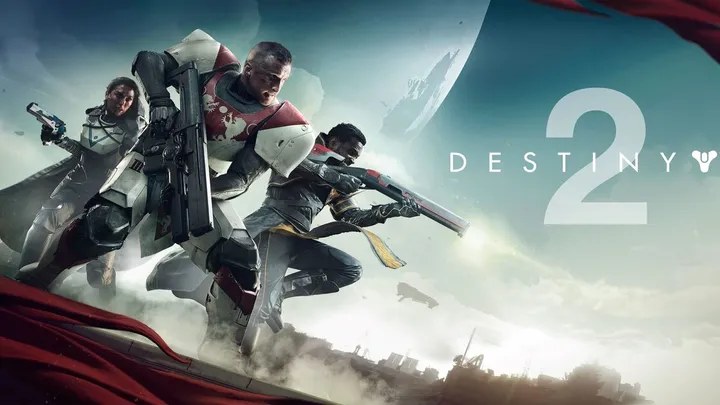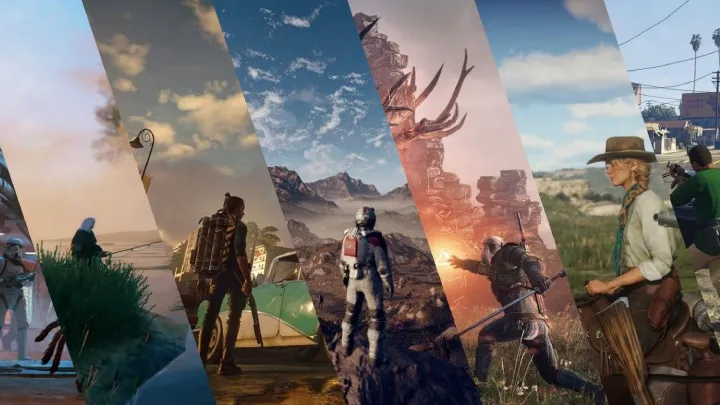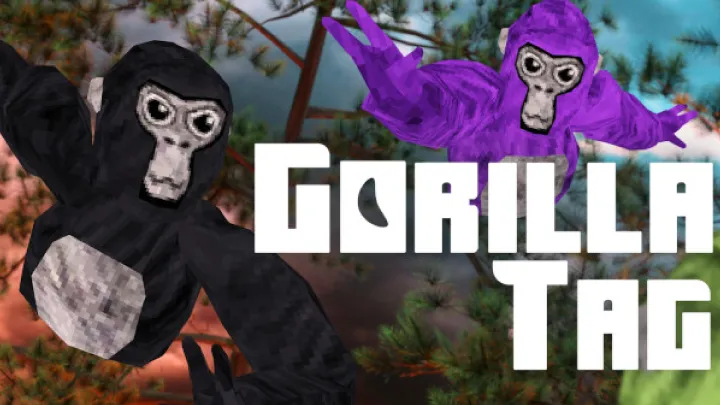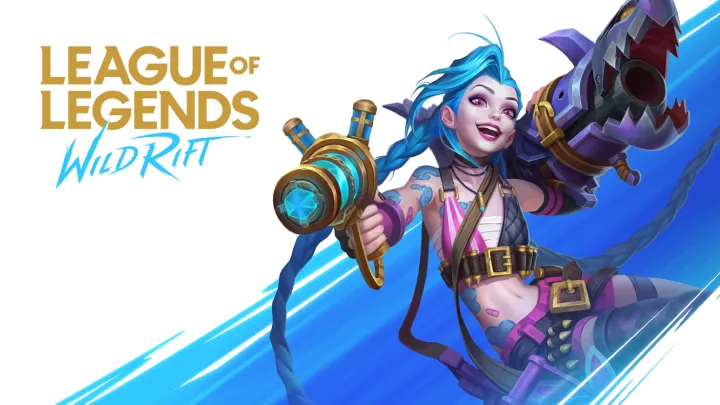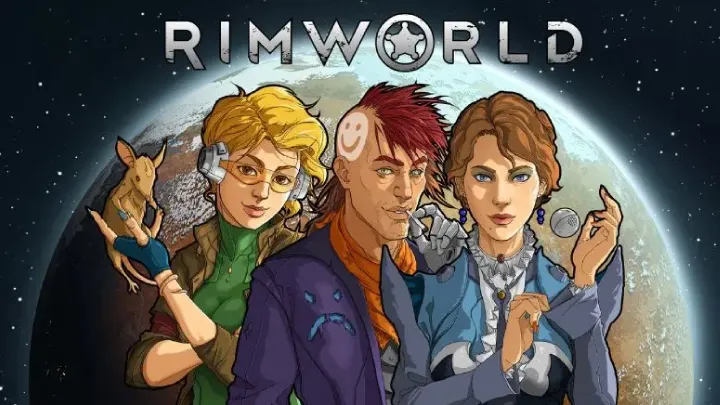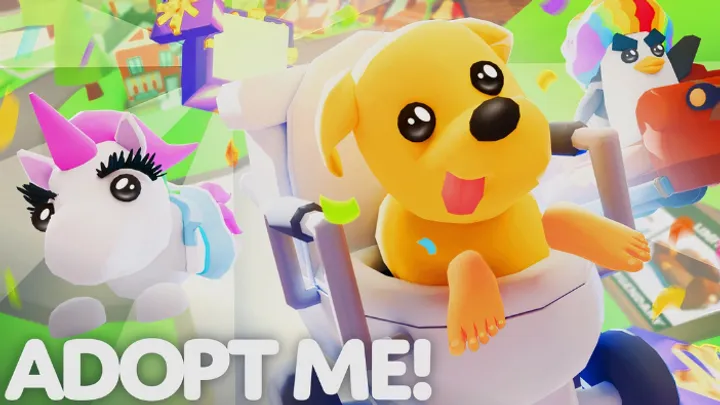Introduction
Senua’s Saga: Hellblade II, developed by Ninja Theory, is not just a sequel—it is a continuation of one of the most unique and emotionally raw journeys in gaming history. The first Hellblade gained recognition for its unflinching portrayal of psychosis, its haunting blend of myth and psychology, and its striking audiovisual design. Hellblade II builds on that foundation, delivering a darker, more cinematic, and even more visceral experience. Powered by Unreal Engine 5, the game elevates every aspect—visual fidelity, sound design, combat, and storytelling—into something that feels as much like interactive cinema as it does a video game.
At its heart, Hellblade II remains a story of survival, trauma, and resilience. But it is also a story about identity, culture, and the human spirit’s fight against darkness. Senua’s journey is not merely a battle against external enemies but a confrontation with her own inner struggles. The line between reality and delusion blurs constantly, and players are pulled deep into her perspective, experiencing her fears, doubts, and fleeting moments of hope in ways that feel unsettlingly real.
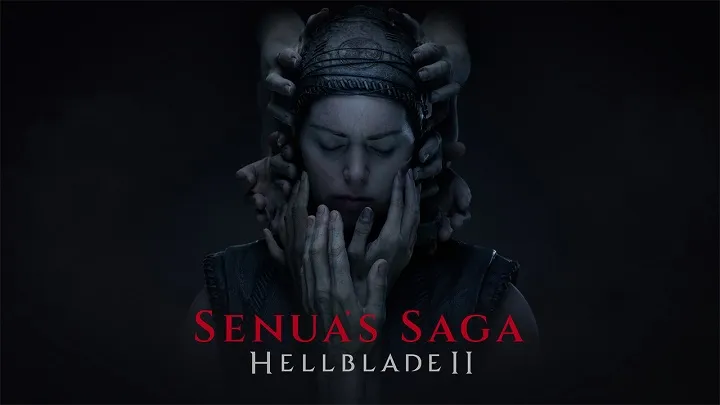
Immersive Visuals and Sound
One of the defining strengths of Hellblade II lies in its sensory immersion. Ninja Theory has pushed Unreal Engine 5 to its limits, crafting visuals that rival big-budget films. From sweeping Icelandic landscapes to claustrophobic caves and ritualistic battlefields, every environment feels tangible, alive, and emotionally charged. Lighting, weather effects, and textures heighten the sense of realism, making players feel as though they are truly walking through a mythic yet harsh world.
Sound design, however, is where Hellblade II reaches new heights. Using advanced 3D binaural audio, voices whisper, shout, and echo from all directions, simulating the auditory hallucinations of psychosis. These voices are not background effects—they are characters in their own right, sometimes guiding, sometimes taunting, and often sowing confusion. Players are forced to question their own perceptions just as Senua does. Every scream, breath, or subtle whisper adds to the sense of dread and intimacy, making headphones essential for the full experience.
Emotional Storytelling
The soul of Hellblade II lies in its narrative. Unlike many games that use mental health as a surface-level trope, Ninja Theory treats Senua’s psychosis with care and authenticity, consulting with medical experts and individuals with lived experience. This ensures the portrayal feels both respectful and impactful.
The story explores grief, trauma, and survival but frames them through the lens of myth and cultural symbolism. Senua’s journey is one of resilience—she is not defined by her condition but shaped by her ability to endure it. Players witness her struggles with terrifying hallucinations, distorted perceptions of reality, and the weight of past losses. Yet through this pain emerges a narrative of empowerment: the idea that strength is not the absence of suffering but the ability to face it head-on.
Hellblade II doesn’t spoon-feed exposition. Instead, it unfolds through atmospheric storytelling, symbolic imagery, and emotional performance capture. This approach makes the narrative deeply personal—less about following a plot and more about experiencing Senua’s inner world.
Intense Combat
Combat in Hellblade II is far from traditional hack-and-slash mechanics. Instead, it is grounded, brutal, and cinematic. Each encounter feels personal, almost ritualistic, with enemies representing not just physical threats but manifestations of Senua’s fears and challenges. Timing, precision, and awareness are crucial. Players cannot simply button-mash; they must wait for the right moment to strike or defend, creating a rhythm that mirrors the psychological tension of the narrative.
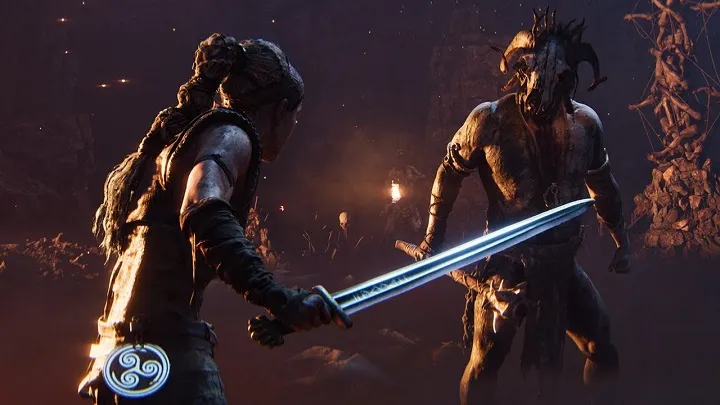
The improved motion capture and choreography make fights flow seamlessly into the story. Senua’s movements feel heavy and deliberate, conveying both her warrior training and her emotional state. When she swings her blade, it carries the weight of desperation and determination. When she is struck, the impact feels raw and painful, reminding players that every battle is a fight for survival.
Cultural and Mythological Depth
Hellblade II, like its predecessor, draws heavily from Norse mythology and Celtic culture. But this time, the scope is broader and the symbolism deeper. Landscapes are infused with mythic imagery—giant stone formations resembling gods, runic carvings hinting at ancient rituals, and ruined settlements echoing with the ghosts of past lives. These elements give the world a spiritual weight, grounding the psychological narrative in a cultural and historical context.
Norse legends intertwine with Senua’s hallucinations, blurring the line between myth and mental illness. Are the gods truly speaking to her, or are these delusions shaped by her cultural upbringing? This ambiguity enriches the story, allowing players to interpret events in multiple ways—both as mythic tales and as symbolic manifestations of Senua’s mind.
Why It Stands Out
What makes Senua’s Saga: Hellblade II extraordinary is its willingness to challenge players not only on a gameplay level but on an emotional and psychological one. It is rare for a game to act as both entertainment and an exploration of mental health, but Ninja Theory manages to achieve both without compromising either aspect.
The game pushes boundaries in storytelling, immersion, and performance. Every element—visuals, sound, combat, narrative—works together to create a cohesive experience that is both emotionally exhausting and profoundly moving. Hellblade II is not designed to be comfortable; it is designed to make players feel vulnerable, unsettled, and ultimately empathetic toward Senua’s struggles.
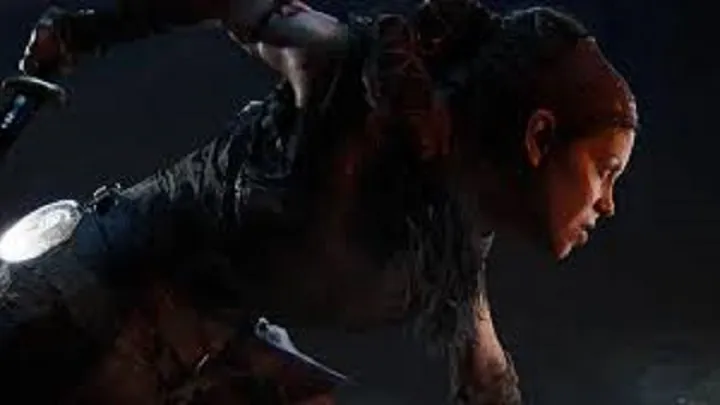
Conclusion
Senua’s Saga: Hellblade II is not just a sequel but a leap forward in how games can tell stories and evoke emotions. With cinematic visuals powered by Unreal Engine 5, immersive 3D audio, raw and grounded combat, and an emotionally charged narrative, it delivers an experience unlike any other.
It is a game that stays with players long after the credits roll—not because of flashy mechanics or endless side quests, but because it dares to explore what it means to suffer, endure, and survive. Senua’s journey is a reminder that strength can be found even in the darkest corners of the mind, and that resilience is as heroic as any legendary battle.
Hellblade II stands as proof that video games are not just entertainment—they are art, capable of telling human stories that resonate deeply.





